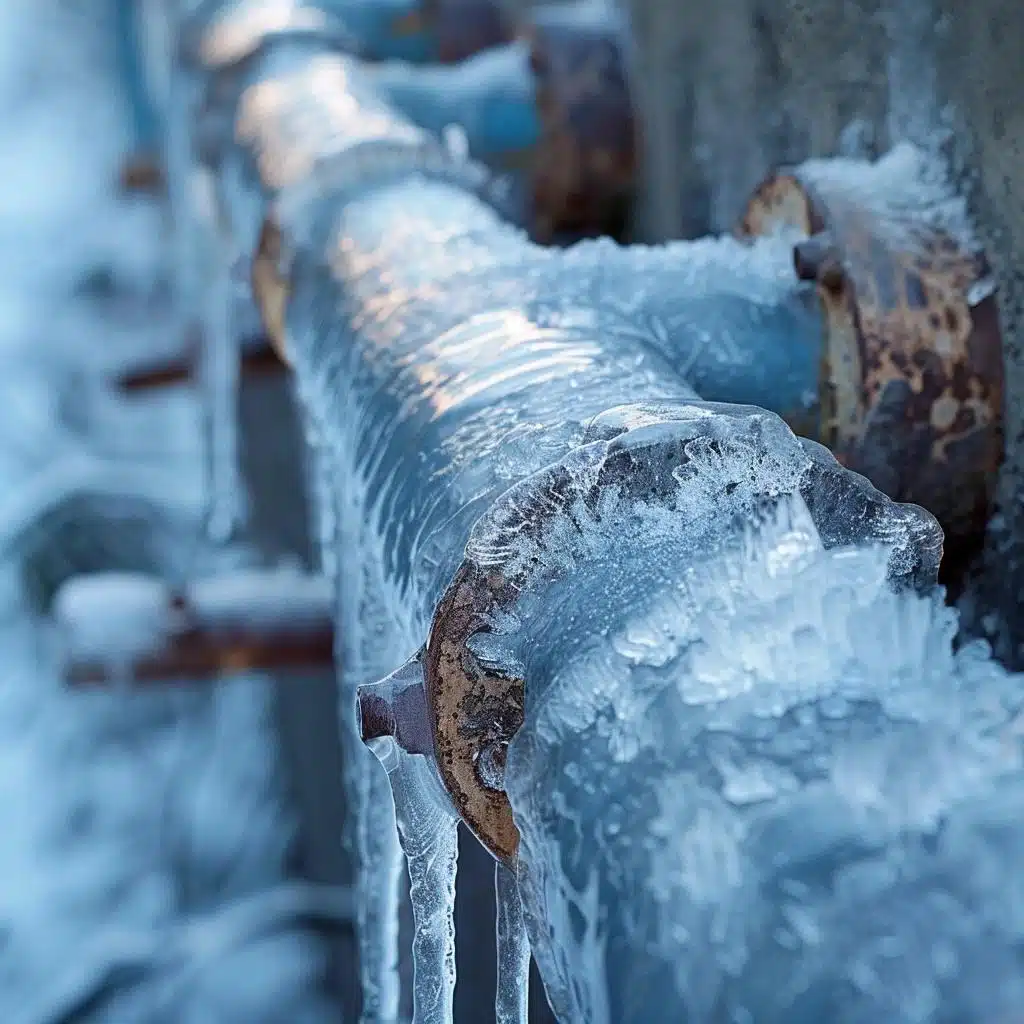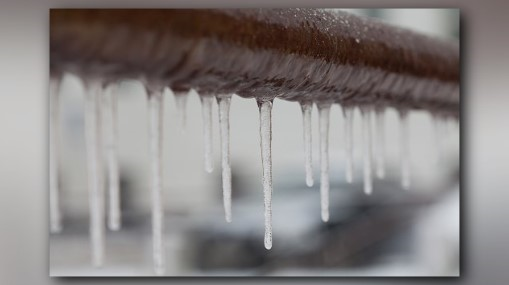Key Methods for Avoiding Frozen Pipes in Winter
Key Methods for Avoiding Frozen Pipes in Winter
Blog Article
What're your insights and beliefs about Prevent Frozen Pipes ?

Cold weather can ruin your pipes, especially by freezing pipes. Here's how to stop it from occurring and what to do if it does.
Intro
As temperature levels decline, the danger of frozen pipelines boosts, possibly causing expensive repairs and water damages. Comprehending just how to stop icy pipes is critical for house owners in cool environments.
Understanding Icy Pipelines
What causes pipelines to ice up?
Pipelines ice up when revealed to temperature levels listed below 32 ° F (0 ° C) for extended periods. As water inside the pipelines ices up, it broadens, putting pressure on the pipe walls and possibly triggering them to rupture.
Dangers and problems
Icy pipes can cause water system interruptions, residential property damage, and pricey repair services. Burst pipes can flooding homes and create considerable architectural damage.
Indicators of Frozen Piping
Determining frozen pipes early can prevent them from bursting.
How to recognize icy pipes
Look for decreased water circulation from taps, unusual odors or sounds from pipelines, and visible frost on exposed pipes.
Prevention Tips
Insulating at risk pipes
Wrap pipelines in insulation sleeves or make use of warm tape to shield them from freezing temperatures. Focus on pipelines in unheated or external locations of the home.
Heating methods
Maintain interior spaces properly heated up, specifically areas with plumbing. Open up cabinet doors to enable cozy air to distribute around pipelines under sinks.
Protecting Exterior Pipes
Yard pipes and outdoor faucets
Disconnect and drain pipes yard hoses prior to wintertime. Install frost-proof spigots or cover exterior faucets with protected caps.
What to Do If Your Pipelines Freeze
Immediate actions to take
If you think frozen pipelines, maintain taps available to relieve pressure as the ice melts. Make use of a hairdryer or towels taken in warm water to thaw pipes slowly.
Long-Term Solutions
Architectural modifications
Think about rerouting pipes far from exterior walls or unheated areas. Add extra insulation to attics, cellars, and crawl spaces.
Upgrading insulation
Invest in top quality insulation for pipes, attic rooms, and wall surfaces. Correct insulation assists maintain consistent temperature levels and decreases the threat of frozen pipelines.
Final thought
Avoiding frozen pipes requires proactive steps and fast actions. By recognizing the reasons, indications, and safety nets, house owners can secure their plumbing during winter.
5 Ways to Prevent Frozen Pipes
Drain Outdoor Faucets and Disconnect Hoses
First, close the shut-off valve that controls the flow of water in the pipe to your outdoor faucet. Then, head outside to disconnect and drain your hose and open the outdoor faucet to allow the water to completely drain out of the line. Turn off the faucet when done. Finally, head back to the shut-off valve and drain the remaining water inside the pipe into a bucket or container. Additionally, if you have a home irrigation system, you should consider hiring an expert to clear the system of water each year.
Insulate Pipes
One of the best and most cost-effective methods for preventing frozen water pipes is to wrap your pipes with insulation. This is especially important for areas in your home that aren’t exposed to heat, such as an attic. We suggest using foam sleeves, which can typically be found at your local hardware store.
Keep Heat Running at 65
Your pipes are located inside your walls, and the temperature there is much colder than the rest of the house. To prevent your pipes from freezing, The Insurance Information Institute suggests that you keep your home heated to at least 65 degrees, even when traveling. You may want to invest in smart devices that can keep an eye on the temperature in your home while you’re away.
Leave Water Dripping
Moving water — even a small trickle — can prevent ice from forming inside your pipes. When freezing temps are imminent, start a drip of water from all faucets that serve exposed pipes. Leaving a few faucets running will also help relieve pressure inside the pipes and help prevent a rupture if the water inside freezes.
Open Cupboard Doors
Warm your kitchen and bathroom pipes by opening cupboards and vanities. You should also leave your interior doors ajar to help warm air circulate evenly throughout your home.

I have been very enthusiastic about 6 Ways to Prevent Frozen Pipes and I really hope you enjoyed reading the new blog posting. So long as you liked our blog post if you please remember to share it. Many thanks for your time. Don't forget to check our blog back soon.
Visit Our Website Report this page